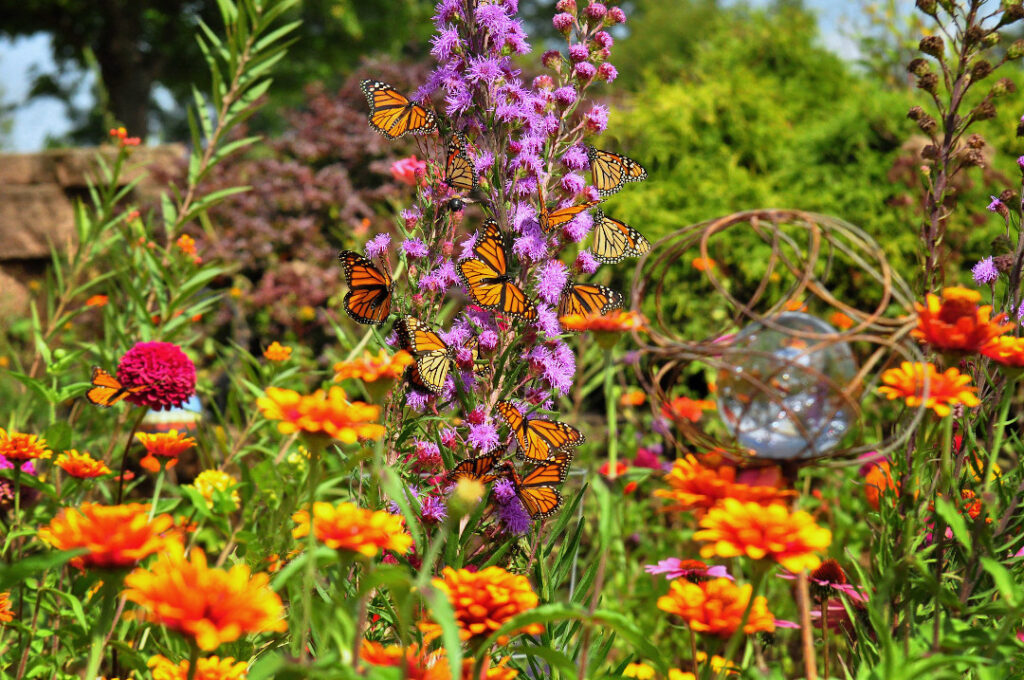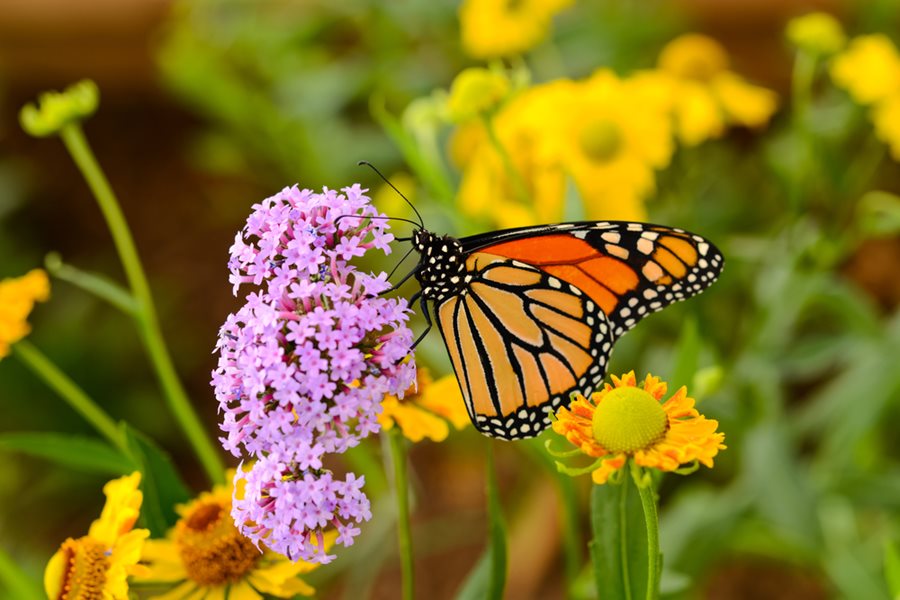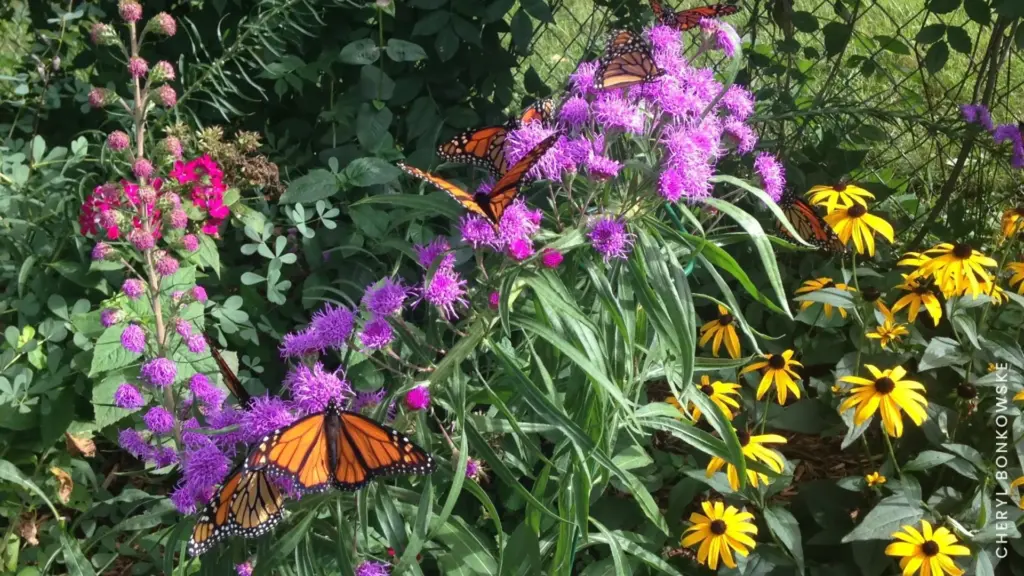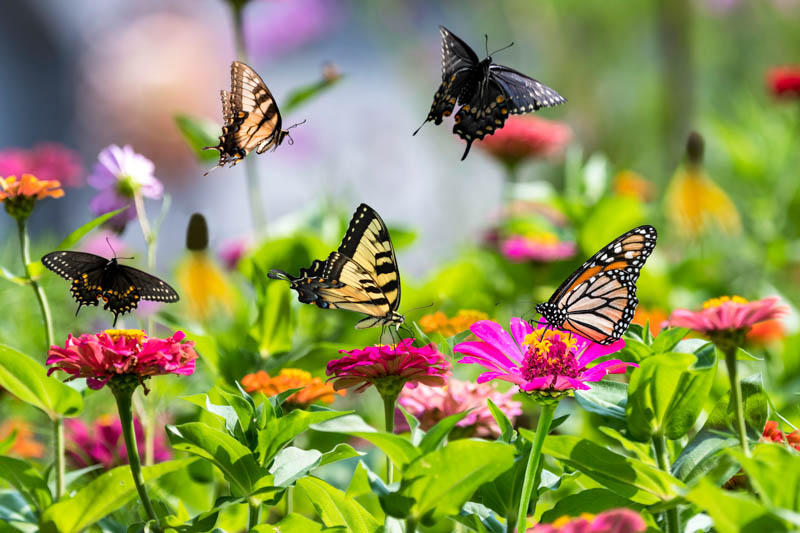Butterflies aren’t just beautiful—they’re essential pollinators that play a vital role in a healthy ecosystem. If you’ve ever dreamed of a vibrant backyard filled with fluttering wings and blooming flowers, creating a butterfly garden with native plants is the perfect place to start. Not only will it enhance your outdoor space, but it also supports local biodiversity and declining pollinator populations.


Why Use Native Plants in a Butterfly Garden?
Native plants are those that naturally occur in your region and have evolved alongside local wildlife. They are better adapted to your area’s climate, soil, and pests, making them low-maintenance and drought-resistant. Most importantly, native plants provide the exact nectar and food sources that native butterflies—and their caterpillars—need to thrive.
When you choose native species for your butterfly garden, you’re not just decorating your yard—you’re restoring habitat and helping protect pollinators.
Benefits of a Butterfly Garden
Creating a butterfly garden with native plants offers several advantages:
Attracts butterflies, bees, and hummingbirds
Promotes pollination for nearby fruits and vegetables
Provides a habitat for caterpillars and beneficial insects
Reduces the need for chemical fertilizers and pesticides
Adds natural beauty and movement to your landscape
Butterflies love sunny areas. Select a spot that receives at least 6 hours of direct sunlight each day. The garden should be sheltered from strong winds, which can make it difficult for butterflies to land and feed.
Research which native plants attract butterflies in your specific region. Choose a combination of nectar-rich flowers for adult butterflies and host plants for caterpillars. Here are some examples:
Eastern U.S.:
Milkweed (Asclepias spp.)
Purple Coneflower (Echinacea purpurea)
Black-Eyed Susan (Rudbeckia hirta)
Western U.S.:
California Buckwheat (Eriogonum fasciculatum)
Yarrow (Achillea millefolium)
Lupine (Lupinus spp.)
Southwest U.S.:
Desert Marigold (Baileya multiradiata)
Butterfly Weed (Asclepias tuberosa)
Penstemon (Penstemon spp.)
Choose plants that bloom at different times throughout the season. This ensures that butterflies have access to nectar from early spring through late fall.
Don’t forget to include larval host plants that caterpillars can feed on. Monarchs, for example, rely on milkweed as a sole host. Swallowtails love parsley, fennel, and dill.
By providing both nectar and host plants, your garden becomes a full life-cycle habitat.
Butterflies are highly sensitive to chemical sprays. Avoid using insecticides, herbicides, or fungicides in or around your butterfly garden. Instead, use natural pest control methods and hand-remove invasive weeds.
Butterflies need water sources for hydration and minerals. Place shallow dishes with water, wet sand, or flat stones in sunny areas where they can “puddle.” Include dense shrubs or tall grasses for resting and protection.
Native plants generally require less upkeep, but occasional pruning, weeding, and mulching will keep your garden looking its best. Leave some leaf litter in fall to provide overwintering habitat for butterfly pupae.
Best Native Plants for a Pollinator Garden (by Region)
| Region | Butterfly-Friendly Native Plants |
|---|---|
| Northeast | Joe-Pye Weed, Bee Balm, Asters, Milkweed |
| Midwest | Purple Coneflower, Blazing Star, Prairie Clover |
| Southeast | Coreopsis, Goldenrod, Passionflower |
| Southwest | Desert Milkweed, Penstemon, Blanketflower |
| Pacific Coast | California Poppy, Yarrow, Douglas Aster |
Final Thoughts: Build Beauty and Biodiversity
A butterfly garden made with native plants is more than a picturesque corner of your yard—it’s a sanctuary for pollinators and a step toward environmental stewardship. By planting with purpose, you help reverse the decline of vital species and create a sustainable, self-supporting garden.
Whether you have a small balcony or a spacious backyard, starting a butterfly garden is easier than you think. All it takes is sunlight, the right native plants, and a bit of care—and soon you’ll be rewarded with the sight of butterflies dancing among your blooms.


